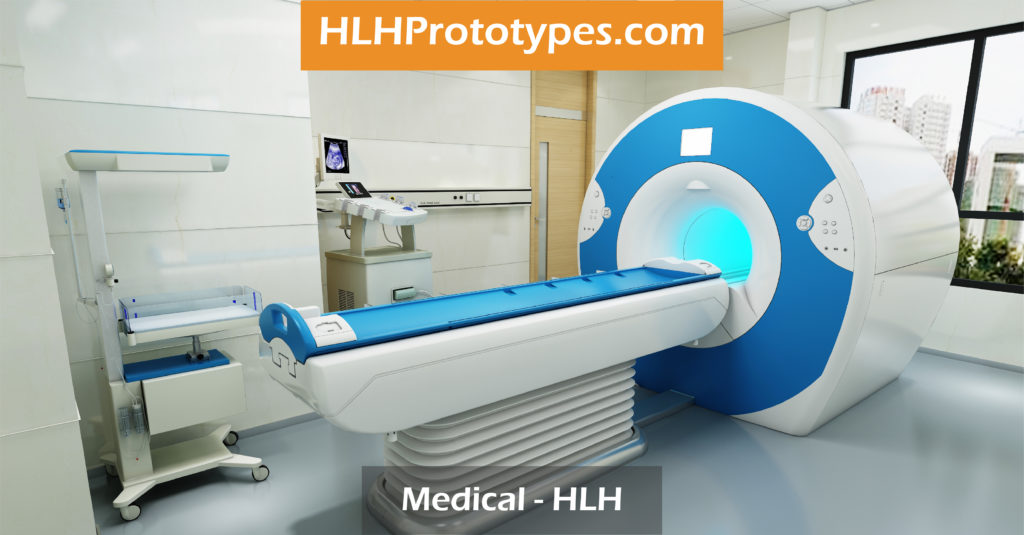

A “one size fits all” approach might work great when mass producing vacuum cleaners, but it doesn’t work so well when it comes to the human body. That is why the 3D printer has found another place to shine—the medical field.
Researchers, surgeons, and medical device developers have found unique ways to use 3D printing to heal and save lives. Dr. Summer Decker and her team at USF Health and Tampa General Hospital give one example. Dr. Decker’s team uses 3D printing to turn computer-generated models of a patient’s tumor into an actual, physical model that both the patient and the doctor can hold, see, and analyze. “We can hand that to the physician. They can look at it… and be able to figure out their approach long before even showing up in the [operating room],” Dr. Decker told CuriosityStream. The physical model also gives the patient “true informed consent”, with a better understanding of their procedure. Dr. Decker says that over 100 hospitals in the U.S. have similar 3D printing teams working with their radiologists and surgeons.
Researchers are also developing ways to use 3D printers for medical devices and implants. 3D printing could create custom-sized screws to restructure broken bones or scaffolding implants to help damaged ligaments regrow. Medical-grade 3D printers make use of biocompatible materials, which either bind with human cells or lets the body reabsorb the implant over time. One research facility, Utah State University’s Synthetic Biomanufacturing Institute, has studied ways to use biocompatible synthetic spider silk to 3D print medical implants.
3D printers have opened the door for inexpensive prosthetic limbs. With 3D printers, prosthetics are no longer limited to prebuilt molds and expensive modifications, and amputees can have customized prosthetics that fit comfortably. Charities, such as Not Impossible Labs, have used 3D printers to bring accessible prosthetics to war-torn countries. British father Adam Dengel, whose son was born without an arm, used a 3D printer to make superhero themed prosthetics for his 4-year-old son.
In 2011, 3D printing allowed for a modern miracle for baby Kaiba Gionfriddo. Kaiba was born prematurely with a weak trachea. His throat would collapse, leaving him blue and unable to breathe. Kaiba could only survive with a ventilator. The baby’s doctors did not know how much longer he would live. But then two professors at the University of Michigan made the difference.
Pediatric professor Glenn Green, M.D., and biomedical engineering professor Scott Hollister, Ph.D., designed a splint to force Kaiba’s weak trachea to hold its shape. They 3D printed the splint out of biocompatible material that his body could reabsorb and then performed surgery to sew the implant around his trachea. Green told the New England Journal of Medicine, “As soon as the splint was put in, the lungs started going up and down for the first time and we knew he was going to be OK.”
3D printing has unlocked a new realm of possibilities for researchers and designers alike. The medical field just gives one example. With a bit of creativity, just imagine the world we can make.
By Esther Davies








